
- Index
- Department
- Main Stone
- Metal
- Ring Size
- Set Includes
- Type
- Action Figure (78)
- Badges (13)
- Binoculars (32)
- Boot (11)
- Coat (87)
- Equipment (11)
- Field Gear (160)
- Hat / Cap (51)
- Helmet (19)
- Jacket (101)
- Medals & Ribbons (11)
- Personal Gear (73)
- Pocket Watch (11)
- Ring (21)
- Soldier (16)
- Tactical Sling (26)
- Tank (37)
- Uniform (42)
- Uniform / Clothing (119)
- Wristwatch (110)
- Other (2793)
WWII 1942 German Army Heavy Bomber Heinkel He-177 W. E. F. T. U. ID Poster
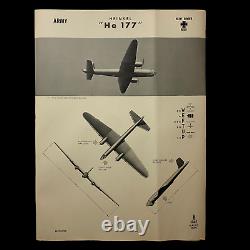
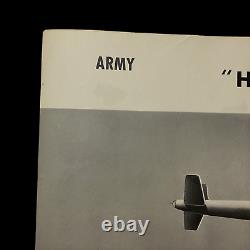
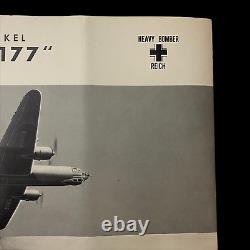
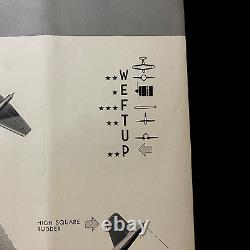
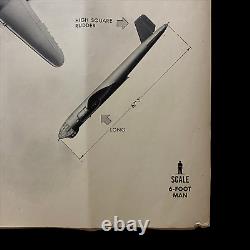
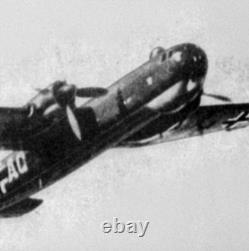


Size: 19 x 25 inches. This original'RESTRICTED' aircraft identification poster was published by the U. Naval Aviation Training Division December 1942. This poster was posted as a training tool as well as an in theater ID poster to help U.
And other Allied pilots, bomber crews and Naval personal to identify Allied and enemy aircraft. Or Wing, Engine, Fuselage, Tail, Undercarriage, Peculiarities was a system set up for the purpose of aircraft identification and recognition. World War II saw some of the first introduction of these aircraft ID poster to prevent friendly fire and more accurate plane recognition in combat. It was believed these posters alone could save countless lives from friendly aircraft-on-aircraft or friendly anit-aircraft fire.
These posters also could cut down precious second pilots, bomber gunners, and naval gun crews would have to ID a plane flying towards them intern saving their lives by shooting first. Each poster provides the silhouettes, dimensions, and relevant information to educate both air and ground personnel in aircraft identification. Immediate identification of aircraft, friendly or not, was essential in order for the observer whether in the air e. Pilot, gunner, or patrol observer, or on the ground, e.
Anti-aircraft crew to determine his next course of action e. Acknowledge, attack, evade, or report. Each poster details a large clean sky and background image of the specified aircraft located as the main top imagine on the poster. It also contains important'peculiarities' such as where certain gun emplacements are located, other special aircraft features, as well as wing and length measurements.
The Heinkel He 177 Greif (Griffin) was a long-range heavy bomber flown by the Luftwaffe during World War II. The introduction of the He 177 to combat operations was significantly delayed, by both problems with the development of its engines, and frequent changes to its intended role. Nevertheless, it was the only long-range, heavy bomber to become operational with the Luftwaffe during the war.
The He 177 had a payload/range capability similar to that of four-engined heavy bombers used by the Allies in the European theatre. Work on the design began in response to a 1936 requirement, known as Bomber A, issued by the RLM for a purely strategic bomber. Thus the He 177 was intended originally to be capable of a sustained bombing campaign against Soviet manufacturing capacity, deep inside Russia. In contrast to its heavy payload and very wide, 30 metres (98 ft) planform, the specifications called for the design to have only two very powerful engines.
To deliver the power required, the He 177 needed engines of at least 2,000 horsepower (1,500 kW). Engines of this type were new and unproven at the time. The Daimler-Benz DB 606 power system that was selected, in conjunction with its relatively cramped nacelles, caused cooling and maintenance problems, such that the powerplants became infamous for catching fire in flight, [3] and contributing to the He 177 gaining nicknames from Luftwaffe aircrew such as Reichsfeuerzeug ("Reich's lighter") or Luftwaffenfeuerzeug ("Air Force lighter"). The type matured into a usable design too late in the war to play an important role.It was built and used in some numbers, especially on the Eastern Front where its range was particularly useful. It is notable for its use in mass raids on Velikiye Luki in 1944, one of the late-war heavy bombing efforts by the Luftwaffe. It saw considerably less use on the Western Front, although it played a role during Operation Steinbock (baby blitz), against the UK in 1944.

